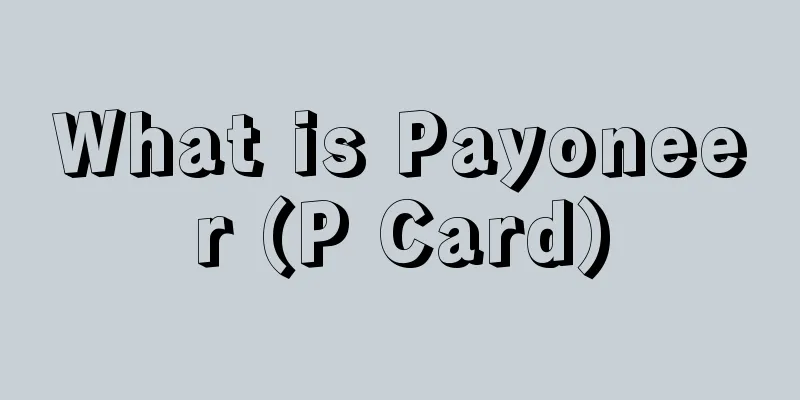Trans-Pacific routes are congested in both directions, with Shanghai and Ningbo becoming the most congested ports

|
The eeSea liner database shows that as of September 24 alone , there were 154 ships waiting to berth near Shanghai and Ningbo , while there were only 73 ships in Los Angeles and Long Beach . The number of ships waiting to berth near Ningbo and Shanghai is more than twice that of ports in the western United States .
Congestion at Shanghai and Ningbo ports has slowed export flows, which is bad news for Chinese sellers and U.S. importers, but it may temporarily ease pressure on the ports of Los Angeles and Long Beach. However, as cargoes continue to arrive, congestion at the ports of Los Angeles and Long Beach is inevitable.
In fact, due to the peak sales season, port congestion at both ends of the trans-Pacific route has become commonplace.
According to American Shipper, the reason why the trans-Pacific route is so congested is partly because of the limited land transportation capacity ( terminals, trucks, railways, warehousing ), while the flexible mobilization of sea transportation capacity has exacerbated this trend.
Although the number of ships in the world is limited, operators can transfer ships to the most profitable places. The spot freight rate of the trans-Pacific route can be as high as US$20,000/FEU. Many shipping companies have transferred ships that originally served the Asia-Middle East and Asia-Africa routes to the trans-Pacific route.
According to eeSea data, the number of routes serving the Far East-West Coast has continued to increase since the beginning of this year, and has now surged to 67, far higher than 48 in January. In contrast, the number of routes last year was quite stable, mainly hovering between 42 and 46.
In addition to the increase in ships, the smaller size of ships is also one of the factors that lead to the worsening congestion on the trans-Pacific route. Some shipping companies will purchase ships in the second-hand market or lease ships in the leasing market to increase the capacity of the trans-Pacific route. It is reported that most of the ships available for purchase or leasing in 2021 are smaller ships. The smaller the ship, the more ships are needed to transport the same amount of cargo.
Data from eeSea shows that in January this year, the average capacity of ships serving the Far East-West Coast route was 8,601 TEUs, and now it is 7,125 TEUs, a decrease of 17%.
The continued congestion at ports has resulted in longer delivery times. Freightos market data shows that this month, it took an average of 73 days for China-US ocean freight to reach its final destination, 83% longer than in September 2019.
Recently, the prices of shipping companies such as Matson have plunged, which has made sellers very happy. However, many freight forwarders believe that if the port congestion problem is not solved, the shipping price will not fall and will rise again in the future. Ocean Freight Congestion |
>>: eBay Fulfillment Australia warehouse officially launched
Recommend
21 million Black Friday parcels in the UK may have been damaged in transit
According to DS Smith , 41% of UK consumers will ...
The market value of Shenzhen Dasai has evaporated by more than 10 billion in three years since its listing, and it has been "defeated" in the red ocean.
Inconspicuous mobile phone cases, chargers and si...
What is ThermoPro? ThermoPro Review, Features
ThermoPro has been a professional manufacturer of...
What is ecommercevat? ecommercevat Review, Features
ecommercevat is committed to providing one-stop V...
The popular brand initiated rights protection, and 251 stores were sued!
The plaintiff in this case is KeySmart. The key o...
Received $45 million in financing! Indian beauty e-commerce Purplle occupies a new position
Recently, Indian beauty e-commerce platform Purpl...
Are hands more popular? Here are some tips for product display pictures
There is a recent report that contains an interes...
Listing imminent! Best-selling Zhiou Home Furnishing successfully passed the review
As a leading seller in the home furnishing indust...
Shenzhen Longhua’s first professional large-scale cross-border e-commerce industrial park is put into operation!
As the city with the largest number of domestic c...
Spain's annual online spending is 2336 euros, with fashion and leisure being the most popular
With the end of Christmas, the year-end holiday s...
What is gongs unlimited? gongs unlimited Review, Features
gongs unlimited is a brand that focuses on musical...
Amazon Prime's delivery speed has set a record, with 1.8 billion items delivered on the same day this year!
Doug Herrington, CEO of Amazon Global Stores, sai...
What is Rosta ERP? Rosta ERP Review, Features
Rosta ERP is committed to providing users with acc...
Online fast fashion dominates Generation Z shopping habits
During the pandemic, global online fast fashion r...
eWTP hub promotes the development of digital economy in Southeast Asia, Cainiao Malaysia eHub officially put into operation on the first day of Double 11
On November 1 , the first day of Tmall Double 11 ...









